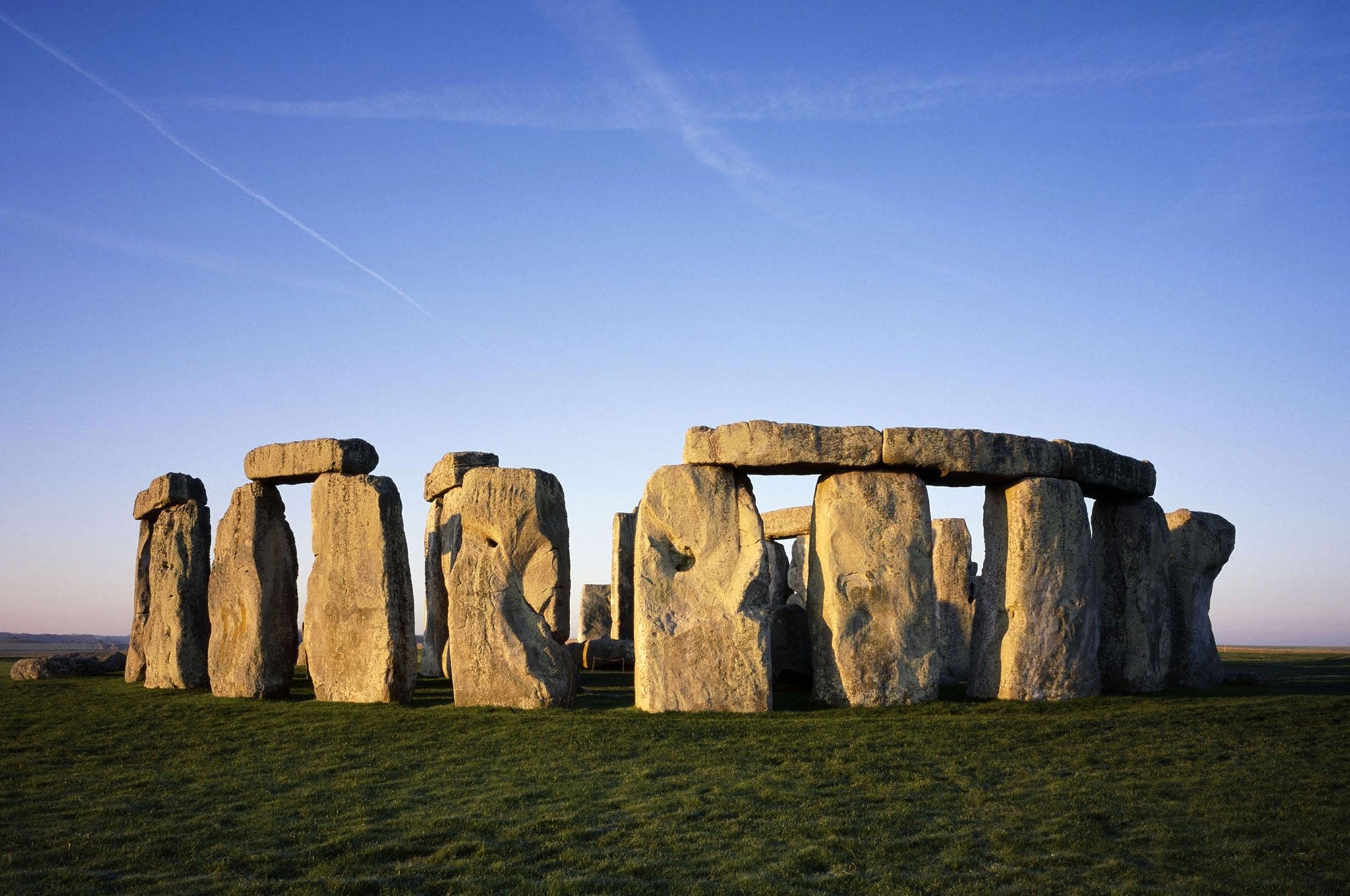Simon Calder: By the end of the month, Britain’s train operators should be back to normal business
The man who pays his way

Welcome to Britain. Now stay put.
How can you can tell it’s a bank holiday weekend? Because the bus companies are taking out ads boasting that they are quicker than the train. “We’re faster and hassle free to London,” is the promise of National Express, which claims a time advantage of 20 minutes from Cardiff to the English capital, and 35 minutes from Birmingham. “Avoid busy platforms, changing trains, rail replacement buses and not having a seat, and instead travel direct by coach. It’s hassle free and there is a guaranteed seat for everyone.”
However, much as it infuriates holidaymakers who face long and complicated journeys, summer is the least disruptive time to close railway lines because commuting and business travel is at a minimum.
Countries regarded as Premier Rail League do the same, as anyone seeking to travel between Paris and Geneva at high speed this month will have discovered; normal service for the Franco-Swiss TGV resumes on Monday, after six weeks of bus replacements east of Lyon.
Yes, but it’s a bank-holiday weekend in England and Wales, you may riposte, with millions of holidaymakers making their tortuous way back home. But even for leisure passengers the Sunday in the middle of a bank holiday weekend is quieter than a normal summer Sabbath.
True, choosing to dislocate train links to the nation’s two biggest airports in the same weekend looks exquisitely unhelpful; the Heathrow Express closes all day on Saturday and half of Sunday, while the London Bridge-Gatwick link is axed for the next week. And Monday is likely to be uncomfortable on trains (as well as planes and boats).
Yet by the end of the month, Britain’s train operators should be back to normal business, with backroom boffins busily calculating the above-inflation fare increases for next year. Meanwhile our transport system will continue to mystify tourists – not just when engineering works disrupt journeys, but when things are passing for normal.
A study commissioned by VisitBritain from Social Research Associates slams a collective disregard for overseas visitors who have the temerity to wish to leave the capital.
I have read all 95 pages of the report so that you don’t have to. It argues that the rest of the country is getting fewer overseas visitors than it should, because many tourists are deterred by the fragmented transport system.
The attitude of the travel industry doesn’t help: “Virtually none of the transport providers interviewed had recognised any need for their staff to be trained in dealing with tourists,” say the researchers. Foreign visitors are expected to make sense of the complexities of reaching Snowdonia by public transport in two possible languages: English and Welsh.
Britain’s long-distance coach operators are applauded, however. Megabus “offers information in four languages other than English, and caters directly for bookings from Belgium, Netherlands, France and Germany”.
Filling the vacuum are private operators, such as Premium Tours, whose managing director is Neil Wootton: “Getting to many of the country’s leading attractions can be difficult by public transport and often expensive. We have five departures a day from London to Stonehenge with prices starting from £45 including fast-track group entrance.
This is a direct service that runs each morning and afternoon. Many of the tours also visit some of the small surrounding villages for lunch or afternoon tea, places such as Lacock, and end the day at Bath with a visit to the Roman Baths. It would be very difficult to visit all these places in such a short time by public transport – which is why we have a role to play.”
Rolling to the stones
We do things differently here. “Visitors from Europe expect bus services to start or terminate at railway stations, which they don’t necessarily do in Britain,” points out the report. The conclusion: “While persisting with our peculiarly British way of doing things, we have to make the adverse impact on visitors as little as possible.”
The study itself is not quite as joined up as it might be. When looking at transport options from London to York, it fails to mention the high-speed, low-cost trains run by Grand Central. It asserts the 9.5-mile journey from Salisbury railway station to Stonehenge requires two buses and can take two hours. After I wrote up the claim of stone-age speeds to the sacred circle, Philip Davies pointed out: “Salisbury Reds operate a frequent service between Salisbury station via the city to Stonehenge from 9.30am to 7pm. So travel to/from the stones is not quite as difficult as you suggested.”
Flag carriers
Some nationalities love our trains: well, two do, even if they both come from sparsely populated countries. In a separate report this month, Visit Britain looked at the modes of transport actually used by visitors (as opposed to what they might use if they could only understand our funny transportational ways).
Almost half New Zealanders and Finns take at least one train while here. But Gallic disdain for our creaky Victorian infrastructure means only one in six French visitors rides the railways in Britain.
VisitBritain has also identified the foreign tourist with the highest propensity to hail a cab: a 50-year-old man from Bahrain. This bank holiday weekend, many other demographics may end up flagging down taxis in preference to the flagging railway network.
Subscribe to Independent Premium to bookmark this article
Want to bookmark your favourite articles and stories to read or reference later? Start your Independent Premium subscription today.

Join our commenting forum
Join thought-provoking conversations, follow other Independent readers and see their replies